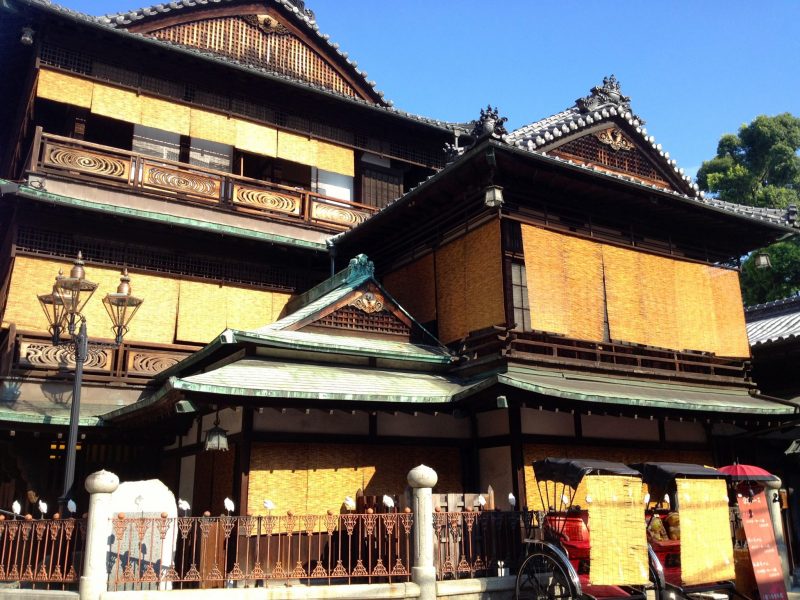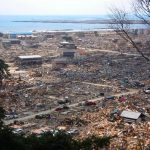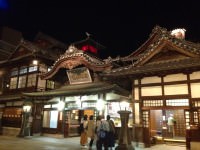
Located in the city of Matsuyama on the island of Shikoku, Dogo Onsen is considered to be one of the oldest, if not the oldest onsen in Japan. There are references to Dogo Onsen in documents from the 8th century. It is reported Prince Shotoku (considered to be the father of Japanese Buddhism) enjoyed the baths, and the baths are mentioned in the “Tales of Genji” written about 1,000 years ago. According to the legends, long ago many egrets lived in Dogo. One day, an egret who injured his leg was seen soaking its leg every day in the hot water. Eventually the egret became well and flew away. The people who saw this began to use the hot springs and their health improved. The news spread that the hot spring was beneficial for ones health, and the hot spring became popular.
The focus of Dogo Onsen today is the Main Bathhouse. Built in 1894, the bathhouse has three floors and is usually very busy. It is said the bathhouse was the inspiration for the main building in the movie “Spirited Away”, the Academy Award winning movie by Hayao Miyazaki. The bath house is also known for the bath reserved specifically for the Emperor of Japan. The area around the bathhouse has a resort feel as many Japanese can be seen walking to the bathhouse from their hotels and ryokans in their yukata (cotton kimono).
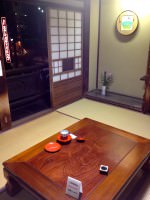
I was in Dogo Onsen recently with our 23 Day Best of Japan tour group, so I decided to pay another visit. When entering the bathhouse, you must first select the level of your admission. There are numerous options, beginning from just a pass to go to the baths, to entry to the third floor. The prices begin at 400 Yen for just using the baths, and went up to 1,500 Yen for admission to the third floor. I opted for the third floor since it included everything, and I was given a ticket and a bath towel. Keep in mind that bath towels in Japan are very small, and you will use it for both washing and drying. If you want a larger towel, you will either need to pay an extra 210 Yen or bring your own.
I left my shoes in the shoe locker at the front door and followed the attendants to the third floor.After arriving at the third floor, I was assigned a private room for my use. Since there are a limited number of rooms on the third floor, if it is busy, you may have to wait for a room to become available. I was given a key to the closet in the room and a yukata, and told to go back down to the second floor when I was ready for the baths. Being an old, traditional-style building, there were many hallways and stairways to navigate. But there were always attendants available, and they were happy to help you find your way.
The dressing room for the baths were small, but were fully functional and had everything you needed. I placed my yukata in a locker and took the key with me. The baths are not as large as you might expect for such a busy onsen, and all of the cleaning stations were being used, so I did have to wait for a few minutes. But the much anticipated baths were well worth the wait.
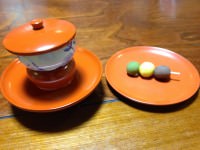
After the bath was completed, and I had dried myself off, I went back to the room on the third floor. On my way to the room, I asked the attendant on the third floor for my included tea and sweet, which was quickly delivered. The sweets were Botchan dango, which are three skewered rice dumplings flavored with sweet bean paste, egg and green powdered tea. This is a popular specialty of the Matsuyama area. After relaxing and enjoying the tea and sweets, I changed into my street clothes and proceeded down to the second floor. There, because I had selected the third floor, I was given a tour of the bath for the emperor. No photos were allowed, but I can tell you the bath and the connected room for relaxing was very nice. As Mel Brooks said, “It’s good to be king.”

